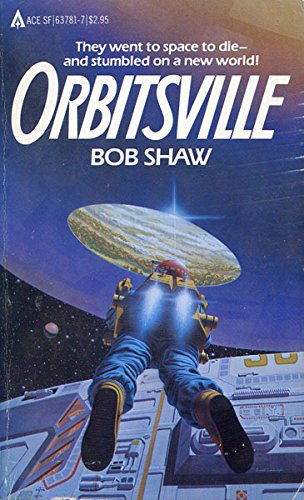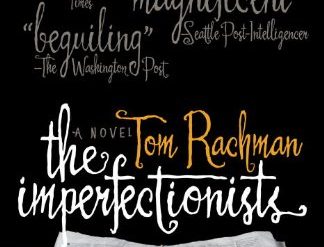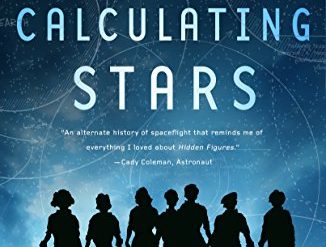
A reader alerted me to Bob Shaw’s award-winning 1975 novel, Orbitsville, reporting that it had appeared on some critic’s list of the best science fiction of all time. Not only that, but it’s a First Contact story, a category I love to explore. How could I resist? I’d never heard of the novel, or of the author, but he’s British and it was the British Science Fiction Association that gave him the award. So, I was much less likely to have run across the book from my perch in California. I eagerly delved into the text, and for a time I was intrigued. Sadly, though I persisted to the end, the book did not live up to my expectations. Like so many of the science fiction stories I read and loved decades ago, Orbitsville does not hold up at all well in the twenty-first century.
Estimated reading time: 5 minutes
A space travel tale that offers new hope for humanity
Orbitsville is a tale of space travel that leads to First Contact with an alien civilization. It’s set in the twenty-third century, when Americans have begun expanding to the stars. As the novel opens, the Starflight company, which monopolizes interstellar travel, has managed to locate only one other planet suitable for human life. Colonists are now flocking there, paying the company a fortune to do so. Starflight continues to send fleets of exploratory ships in hopes of locating new potential colonies. And Captain Vance Garamond leads one such ship, the Bissendorf. But when the young son of the company’s homicidal president, Elizabeth Lindstrom, accidentally dies in his company, Garamond flees in fear of his life with his wife and son. Along with his crew of 450, they set out on an unauthorized new mission to discover another habitable planet. When, at length, Garamond encounters a strange new world seemingly built for humanity’s use, he and his crew find themselves in a life-and-death struggle with the President, who eventually catches up with him. So it goes.
Orbitsville by Bob Shaw (1975) 219 pages ★★★☆☆
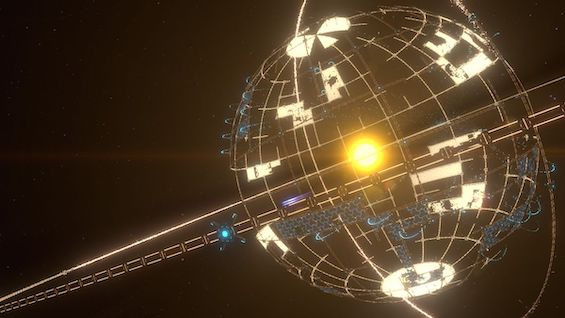
A novel that reflects the time when it was published
Orbitsville is an artifact of its time. Published in 1975, the book reflects the preoccupations and values of the 1970s. For example, overpopulation and widespread food riots have led the human race to seek lebensraum among the stars—yet Shaw pegs the world’s population at only five billion in his story. (It was about four billion when the book appeared. According to the United Nations, the planet’s population topped eight billion in November 2022—and starvation afflicts only isolated pockets of humanity today.) And the gender relations in Shaw’s tale reflect what he saw around him then, despite the feminist revolution then underway. With the sole exception of Elizabeth Lindstrom, men call the shots. Garamond’s wife is submissive and promises to put food on the table for him when he returns in an evening. And Garamond refers to one of his science officers, a woman, as a girl.
The novel also repeats errors common in science fiction in the past. Starflight’s ships travel at a huge multiple of the speed of light, following the discovery that “Einstein was wrong.” And crews engaged in faster-than-light flight do not experience time dilation. So, a trip of tens or a hundred light-years that occupies only weeks or a month will not perceptibly age those they left at home. Computers figure in the story, but only as glorified computing devices. In general, there’s nothing that’s prescient in this novel. And, to make matters worse, First Contact is a bore.
The only redeeming feature of the novel is that the new world Garamond discovers is, in fact, not a world at all but a Dyson Sphere. Although Olaf Stapledon first imagined the concept in his 1937 novel, Star Maker, it was Princeton physicist Freeman Dyson who popularized it in a 1960 paper. Shaw does a good job helping us conceptualize what it might be like to live in such a place. (Trust me: it’s a challenge.) But reading of that experience doesn’t justify the time spent reading all 200 pages.
About the author
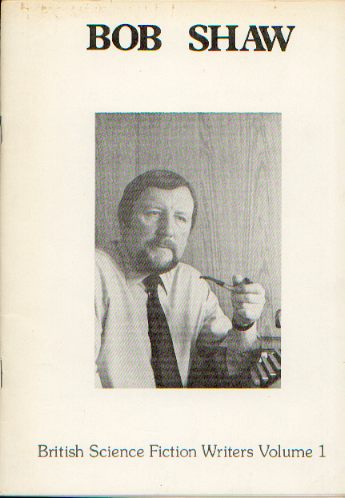
The late Anglo-Irish science fiction writer Bob Shaw (1931-96) was the author of thirty-two novels and books of short stories as well as four nonfiction books. Born and raised in Belfast and educated at the Belfast College of Technology, he gravitated toward SF during World War II, reading the science fiction magazines left behind by visiting American troops. Shaw won the Hugo Award for Best Fan Writer in 1979 and 1980. His first novel was published in 1968, his last in 1995, a year before his death.
For more reading
For better reading, check out:
- The five best First Contact novels
- Good books about space travel, including both nonfiction and fiction
- These novels won both Hugo and Nebula Awards
- The ultimate guide to the all-time best science fiction novels
- 10 top science fiction novels
- Peter Cawdron’s insightful First Contact book series
And you can always find my most popular reviews, and the most recent ones, plus a guide to this whole site, on the Home Page.

